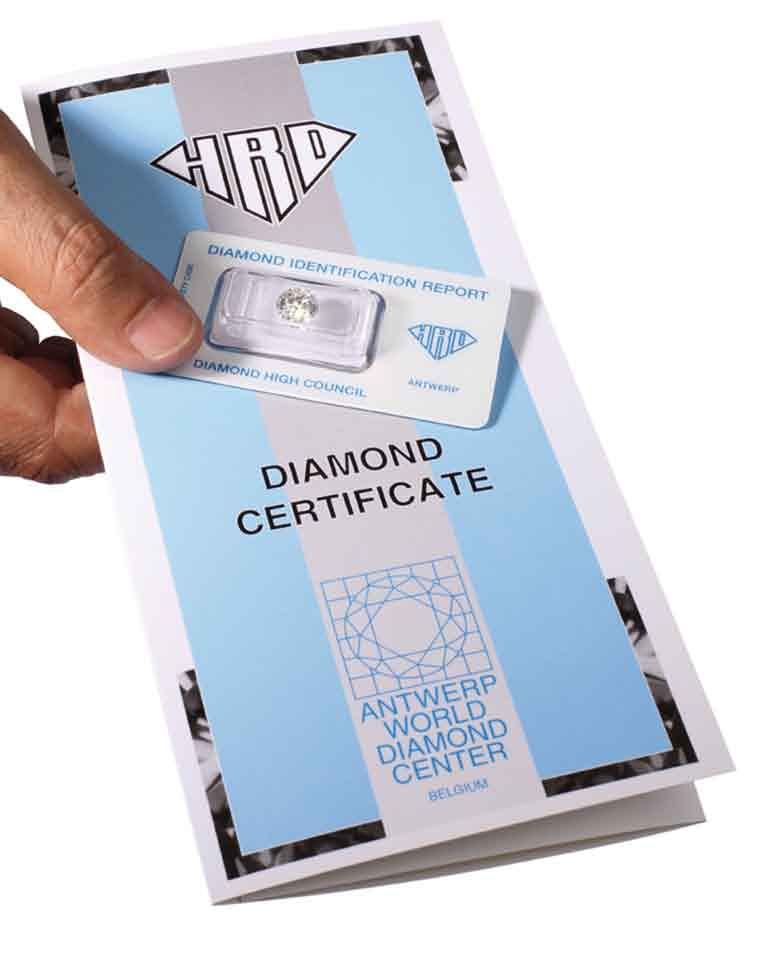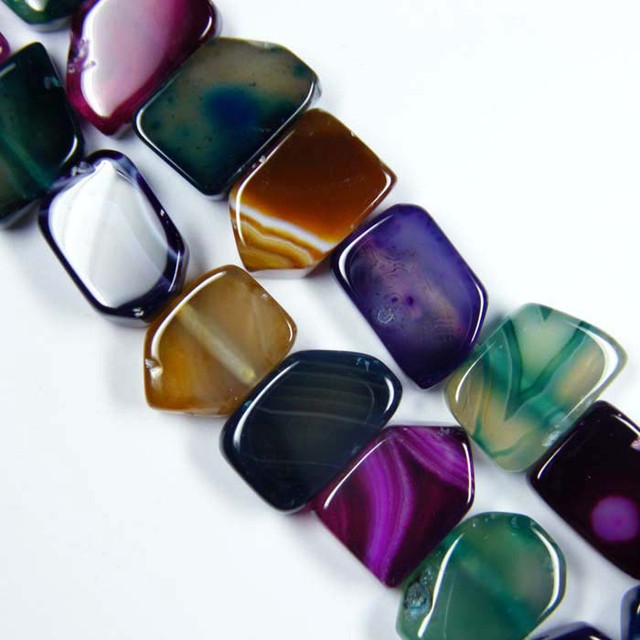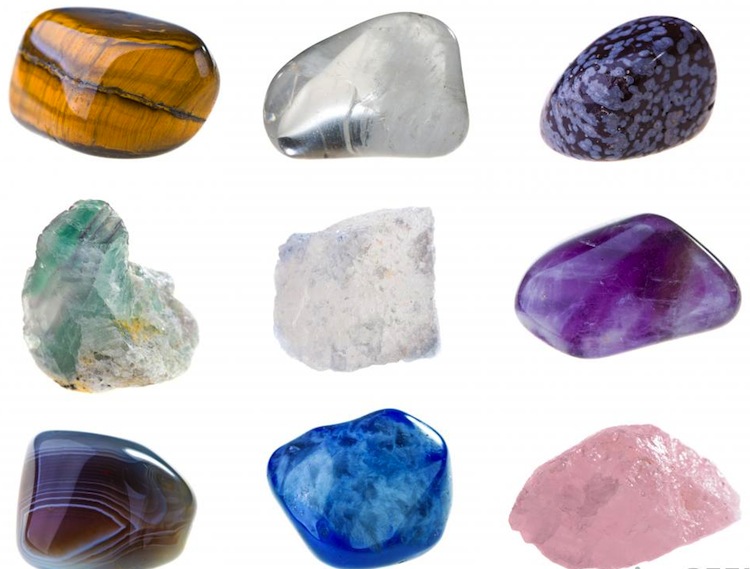Basics of diamond certification covering the diamond grade report, certification process, 4 cs and flaws.
Diamond certification is also known as a diamond grade report. This is a fairly straightforward process by which a diamond is measured and tested. The results of this scientific study of a particular diamond are recorded in a report that accompanies the diamond. This report, or certification, serves as an identifier or fingerprint for the particular diamond, as no two diamonds are alike.
The certification process is carried out by a gemological laboratory. Gemological laboratories should be independent of any diamond retailers or wholesalers, to avoid any conflict of interests or bias. The gemological laboratory will take the diamond, loose only, and measure its various attributes and dimensions. Amongst the loose diamond’s particulars that are measured are the 4 Cs of Cut, Color, Clarity and Carat. The diamond’s flaws (or inclusions) are noted and, depending on the laboratory grading the diamond, can be plotted on a diagram of the diamond.
The laboratory then produces the paperwork and sends it on, accompanying the diamond for which it was prepared. It must be noted that not all gemological laboratories are equal in either their costs or their grading results.
There are many different gemological laboratories available to the diamond-buying public. Some of the more well known, respected and trusted are the following: GIA (Gemological Institute of America), AGS (American Gemological Society), HRD (Hoge Raad Voor Diamant; Diamond High Council), PGS (Professional Gem Sciences), EGL (European Gemological Institute) and the IGI (International Gemological Institute). Each of these has there own criteria and method of grading loose diamonds, but they all operate within a high set of parameters, in regards to grading a diamond’s attributes and dimensions. Be aware that as each has its own methods, each also has its own expense guides for preparing a certificate.
The laboratory that is held in the highest regard by the diamond industry is the Gemological Institute of America. GIA’s standards for grading have set the bar for all other gemological laboratories, making it the most trusted and respected name in gemological laboratories. It is because of this that a GIA certificate tends to be more expensive than certificates from other laboratories. However, the additional cost of receiving a grade report from GIA is offset by the benefits that can be found in the veracity and reliability of GIA grade report.
With such a grade report, you are assured of knowing exactly and precisely what the graded diamond is, in regards to the 4Cs and the mapping of the particular diamond’s flaws, which can allow you to have a strong tool in correctly assessing its value.
Among the other aforementioned gemological laboratories, AGS is on par with GIA for grading standards. In fact, it is the AGS grading for cut that served as an impetus for the GIA recently adding Cut grading to their grading reports. HRD out of Antwerp, Belgium is also a greatly respected name in the diamond industry, as is the still relatively small, PGS. A certificate from any of these laboratories can be considered accurate and reliable.
Another pair of gemological laboratories is EGL and IGI. Each of these laboratories is fine in their own right, but neither have the name and reputation of GIA or any of the other previously mentioned gemological laboratories. Much of this is due to the fact that both EGL and IGI tend to over-grade the loose diamonds that are sent to them, as well as having less strict grading scales and training requirements for their gemologists. For example, EGL created the grade of SI3 for Clarity. This is the equivalent of the I1 by GIA standards (which does not accept the SI3 grade in its grading scale). In addition to this, a diamond that received a grade in clarity of VS2 from either EGL or IGI would most likely receive a grade of SI1 from the GIA.
As a result of the inflated grading scale offered by EGL and IGI (normally one grade over on clarity and one to two grades over on color) diamonds graded by either of these laboratories will have a lower value than a diamond with the same grade from GIA. For jewelry stores that have a set stock of diamonds, or for large department stores, an inflated grade from EGL or IGI can help them to shift their stock quicker, and for less money, as EGL and IGI grade reports are less expensive than the GIA reports. This is an important fact to be aware of when looking into certifications, as not all certifications are created equal.
It is important to remain aware of the facts around certification and its process. While it is possible to find diamonds with the same grade notably cheaper one place, such as a mall jewelry store, than at another, there are no huge bargains within the diamond industry. The discovery of an enormous cost reduction in one store over another, for the same grade of diamond, simply indicates that one diamond retailer is selling diamonds with inflated grades from a less reputable gemological laboratory. More than likely, the reduced-cost diamond has been given an over-inflated grade in order to move it out of the store quickly. Always make certain to identify the source of the grade report. If you have not heard of the laboratory, it could very well be associated in some way with the store itself, and so have a vested interest in aiding the store’s sales.




















